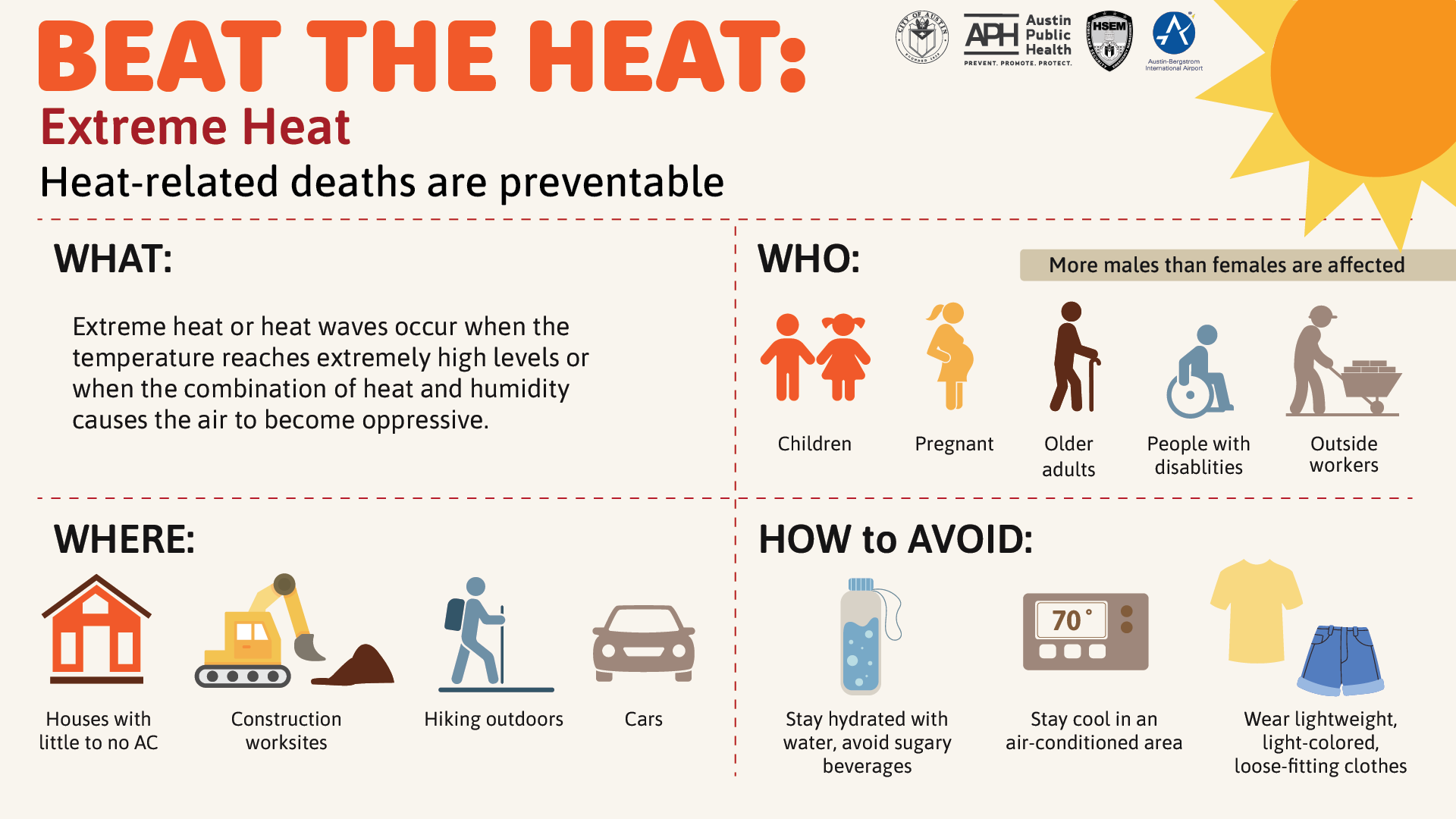Ticks are already prevalent in the woods in Lorain County. However, health officials now report that another species of tick has migrated to the area, bringing the threat of Lyme disease with it.
According to Lorain County Public Health, blacklegged ticks, also known as deer ticks, are small and hard to see. In their nymph stage, they are as small as a poppy seed.
The most common type of tick you'll likely encounter in Lorain County is the dog tick, which doesn't carry Lyme disease. However, be vigilant, as blacklegged ticks do carry the bacteria that cause the disease.
Numbers from LCPH indicate that between 2019 and 2024, there were 30 cases of Lyme disease. However, a whopping 19 of those cases occurred last year alone.
"That's a significant jump from our previous five-year average of 6.2 cases per year. Lyme disease is clearly here, and we need to know the signs and how to protect our families," LCPH said.
It's not just in Lorain County. The threat of Lyme disease has also increased across Ohio in recent years.
In 2021, News 5's Clay LePard spoke with health officials in Tuscarawas County about the spread of Lyme disease in the area.
Watch what the health department had to say:
Lyme disease cases on the rise - here's what to look for, and how to prevent it
RELATED: Lyme disease cases on the rise — here's what to look for, and how to prevent it
What do different ticks look like?
Here's a size comparison of the types of ticks:

Lorain County Public Health
How ticks can spread disease
Ticks, like mosquitoes, need to feed on blood. But instead of a quick prick, they are slow feeders – with hooked mouth parts that attach into the skin of deer, rabbits, dogs and people.
There are many different species of ticks found globally, and only some spread germs that can make people sick.
A tick bite doesn't always lead to illness.
How to check for ticks
Ticks are usually found low to the ground, in leaf litter or grassy areas.
Check your clothing for ticks and perform a full-body check, including under the arms, behind the ears, knees, and hair.
Use tweezers to remove the tick, grasping it as close to the skin as possible to pull it from the head. If you don’t have them handy, you can also use your fingernails, the edge of a credit card or any semi-sharp object.
How to keep ticks away
The best approach is to minimize tick exposure altogether.
Wear long sleeves and pants, and you can also spray clothing with repellents containing permethrin, a chemical similar to a natural ingredient in chrysanthemums that makes ticks avoid the flowers.
Protect your pets from ticks
Don’t forget to pay attention to outdoor pets. Medications can prevent fleas and ticks from attaching to a dog's skin. But it’s still a good idea to check the fur after being outside.
Dogs and cats roaming outdoors can also bring ticks into the house.
What to do after a tick bite
After removing the tick, monitor the skin around the bite. If rash or flu-like symptoms appear within several days or weeks, see a doctor.
In addition to a "bull’s eye rash," other symptoms doctors say those infected with Lyme disease can encounter include headache, fever, chills, muscle and joint pain, and feeling tired.

CDC
CLICK HERE to see what Lorain County Public Health is doing to monitor ticks and protect residents.
The Associated Press contributed to this report.
We Follow Through
Want us to continue to follow through on a story? Let us know.









 English (US) ·
English (US) ·